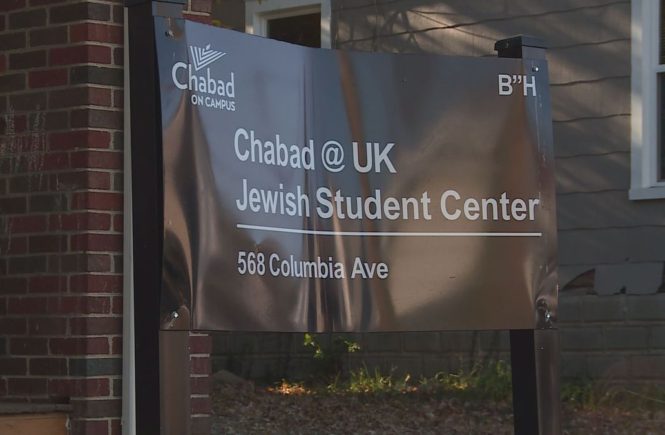More than one-third of the coronavirus patients whose movements the Health Ministry made public this weekend visited synagogues during the period they were presumably infectious. The ministry published the movements of 95 patients; at least 32 of them visited synagogues, yeshivas or Chabad Houses in the days preceding their diagnosis.
Some of the patients are related. The number of COVID-19 patients who visited synagogues may actually be higher, as full epidemiological histories and movement records have not yet been published for all the affected individuals.
The most recent patients whose movements were published visited synagogues between seven and 10 days ago. During this period, worship and study continued in synagogues and yeshivas, and weddings and other events with large numbers of participants were held in at least some ultra-Orthodox communities. The fear is that the latest reports signal the start of a wave of infections resulting from religious gatherings.
The Health Ministry’s prohibition on gatherings that exceed 10 people allows for the minyan of 10 adults required for a Jewish prayer quorum. Prof. Sigal Sadetsky, head of public health services in the ministry, has admitted that group worship is inadvisable from a medical perspective. The government directives issued Friday, prohibiting Israelis from leaving home except for essential needs, permits “going out for a religious ceremony, including worship.”
Rabbi Chaim Kanievsky, the leader of the Lithuanian (non-Hasidic) Haredi community, called for yeshiva studies to continue in violation of the directives, but most such religious schools have in fact closed.
Public health officials view the Haredi community as a weak and particularly sensitive link in the fight against the spread of the coronavirus, because its members are less likely to be exposed to media outlets and to social media, and thus less likely to have heard or read the Health Ministry’s directives. This fact is compounded by the high population density in most ultra-Orthodox neighborhoods and the fact that until recently the community continued with its daily routines, including large gatherings.



